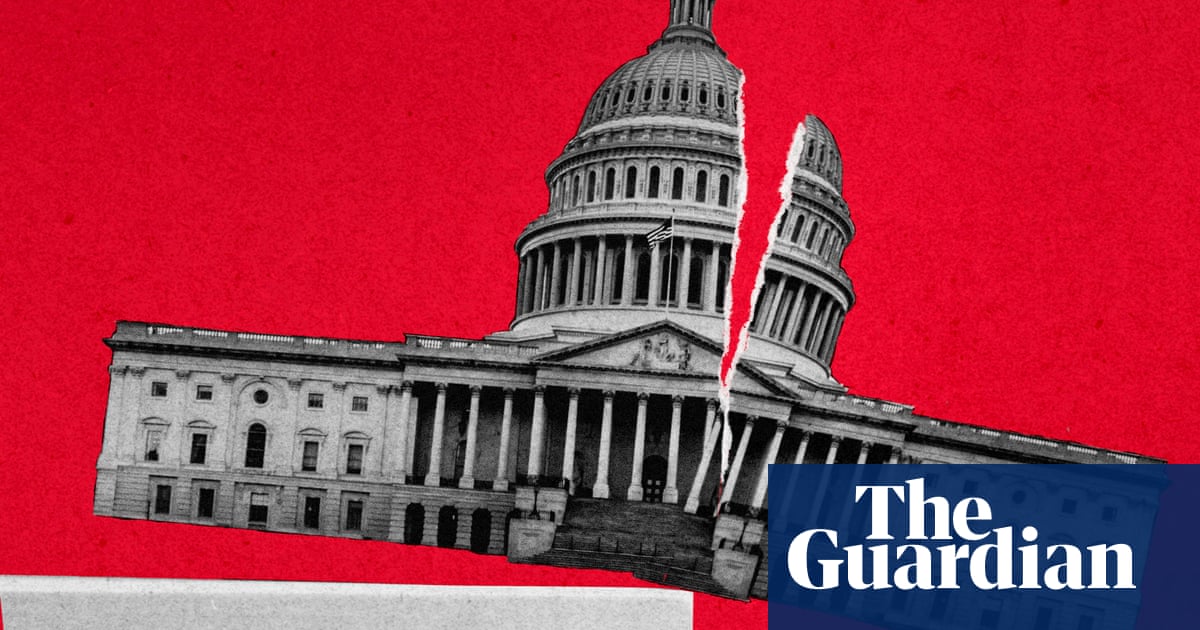In this febrile political era, few issues command stronger bipartisan support than the need for fiscal responsibility. Barack Obama andDonald Trumpcommitted to curtail the US national debt on their respective roads to the White House.
And yet, no matter the party, Americans have been able to count on one thing above most: the national debt will keep climbing.
And here we are again. With Trump’s “big, beautiful bill” threatening to add once more to the US’s huge debts, several Republican senators are threatening to block his current spending plans, with Rand Paul of Kentucky among those highly critical.Departing the White House, Elon Musk, the world’s richest man, branded the bill a “disgusting abomination”.
But this administration is not alone. For decades, economists have expressed concern about US debt. Politicians have repeatedly pledged to tackle it. All the while, the pile continued to swell.
Back in 2008, when Obamadeclaredon the campaign trail it was high time Washington started “taking responsibility for every dime that it spends”, it stood at about $14.46tn.
Back in 2015, when Trumppromisedon the trail to “bring it down big league and quickly,” it stood at about $24.07tn. Last year, it rose to $35.46tn.
On Wall Street, concern has been mounting to the brink of panic. Calling on Trump to reduce the deficit – the gap between what the US federal government spends and the money it raises, mainly via taxes – the billionaire investor Ray Dalio warned in March of a crisis within three years. “I can’t tell you exactly when it’ll come,” hetold Bloomberg. “It’s like the heart attack.”
Trump appears to have paid little attention. While he dispatched the billionaire industrialist Musk to wield the axe across the federal government in the name of efficiency, Trump also pushed for sweeping tax cuts that impartial analystsestimatewill add trillions of dollars to the debt pile.
The anxiety stepped up a gear last month, when the ratings agency Moody’s stripped the US of its last major top-tier credit rating, and cited the size of the debt pile now – and how large it expects it will grow.
“Successive US administrations and Congress have failed to agree on measures to reverse the trend of large annual fiscal deficits and growing interest costs,”saidMoody’s, predicting that “current fiscal proposals under consideration” would not lessen spending or reduce deficits. “Over the next decade, we expect larger deficits as entitlement spending rises while government revenue remains broadly flat.”
There is technically a cap – known as the debt ceiling, or limit – on what the federal government can borrow. The first such broad limit, introduced in 1939, was set at a mere $45bn.
Time and again, the US treasury department has been forced to ask Congress for the ceiling to be lifted, or suspended. This process has repeatedly sparked legislative battles on Capitol Hill in recent years, drawing in unrelated issues as the US drifted towards default on its debts, and prompting questions over the reliability of US debt as an investment – and calls for the limit to be scrapped altogether.
Sign up toBusiness Today
Get set for the working day – we'll point you to all the business news and analysis you need every morning
after newsletter promotion
Explaining its downgrade last month, Moody’s noted that, as US deficits and debt have swollen, interest rates have risen, and interest payments on US government debt have increased markedly. The ratings agency expects the federal debt burden, equivalent to 98% of US gross domestic product (GDP) last year, to rise to 134% of GDP by 2035.
“Talk is cheap. People can say a lot of things,” said Owen Zidar, professor of economics and public affairs at Princeton University. “It’s easier to see what the policies have actually been.”
When faced with a choice between prioritizing deficit reduction or an expensive policy, such as Obama’s widening of health insurance coverage, “it’s not unreasonable to prioritize health insurance coverage”, Zidar suggested. “The key thing is to avoid big mistakes that are hard to reverse.”
The Clinton administration made some “hard choices” about where, and where not, to spend, he said, adding that tax cuts and the Iraq war under the Bush administration in early noughties were “a big part of why we have debt and deficit problems today”.
Presidents have historically managed to reassure investors, up to a point, that they shared their concern. “If we stay on the current path”, Obamasaidduring a debt ceiling battle in 2011, “our growing debt could cost us jobs and do serious damage to the economy.”
But the volatility of Trump, who called himself the “king of debt” and once evenmootedonly paying back half during his first run for the presidency, has added a layer of doubt. “The Debt Limit should be entirely scrapped to prevent an Economic catastrophe,” he wrote on Truth Social, his social network, this week.
“An erratic administration that generates a lot of uncertainty and calls into question things that have been true for most of the western world, that is a frightening prospect when the fiscal fundamentals aren’t as good as they have always been,” said Zidar.
